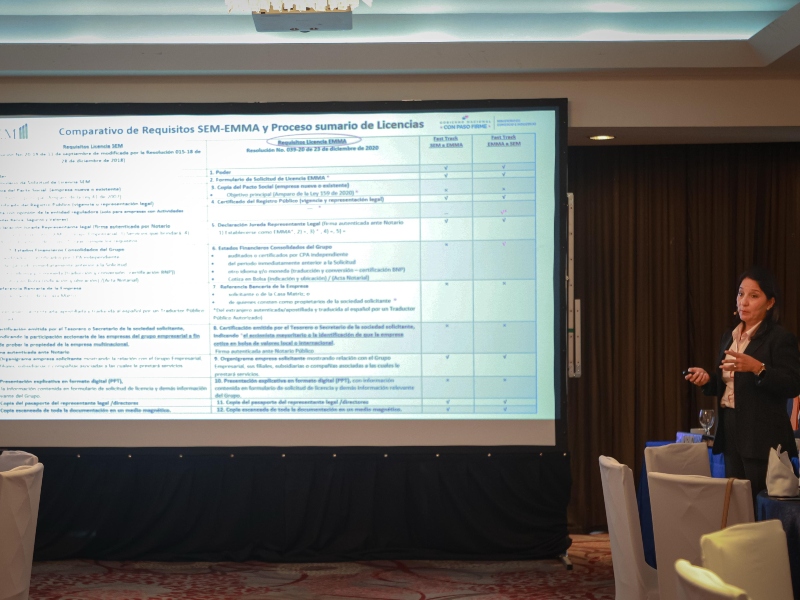Source: Port of Hamburg
A freight train equipped with new digital automatic couplers set off on a live-track demonstration, which will last a few months. Federal Minister for Digital and Transport Dr Volker Wissing whistled the symbolic starting signal for the train’s journey through Europe.
Digital automatic coupling (DAC) is an essential part of digitalizing freight trains, which makes it a key lever for improving the railways’ competitiveness vis-à-vis roads. DAC makes it possible for freight wagons to be coupled automatically, i.e. without manual intervention. Brakes are also coupled automatically. For the first time, freight wagons will be equipped with continuous power and data lines.
DAC enables faster automated shunting processes, significantly increasing handling capacity in intermodal terminals. The new DAC allows for longer and heavier freight trains More importantly, they can travel at higher speeds than before, which allows them to ‘swim along’ with other rail traffic, boosting the capacity of the rail network. DAC will make a major contribution to achieving Europe’s climate change targets.
Dr Volker Wissing, Federal Minister for Digital and Transport said: “Reconciling increasing traffic volumes with our climate change targets is one of the greatest challenges of our times. The railways are the key to success, but we have a lot of catching up to do, particularly in freight transport. By introducing a uniform automatic coupling system throughout Europe, we are acting in line with our motto: “Dare more progress”. This will solve a problem that has existed for over 70 years and catapult more than half a million freight wagons into the 21st century, an urgently needed transformation that could not be delayed another day.
Dr Daniela Gerd tom Markotten, Member of the DB Management Board for Digitalization and Technology said: “This coupler is a revolution and the future belongs to it. DAC makes freight wagons smart and fast both when coupling and when in motion. This technology not only allows more freight wagons on the rail network, it also enables a densification of rail transport that will benefit everyone. The coupler would not exist without DB engineers and their expertise. Together with producers, we are readying it for market. We are putting DAC on the tracks!”
Dr Sigrid Nikutta, Member of the DB Management Board for Freight Transport: “The new coupler is a game changer for rail freight, bringing the speed that we need to combat climate change. It will also transform the hard work that we currently see on shunting yards: When shunting, our employees have to balance the coupling brackets, which can weigh up to twenty kilograms, at shoulder height to couple trains some 70,000 times a day. Digitalization and automation of train operations send a strong message to our logistics customers: Goods belong on the railways. Each of our trains emits 80 to 100 per cent less CO2 compared to road transport. DAC lets us make the railway system much simpler and faster.”
The train will first run from Germany to Austria and then to Switzerland, followed by other EU countries. During its journey through other countries, the train will be tested in situations that cannot be tested in Germany. These include steeper inclines, sharper curves or different climatic conditions. The test run is aimed to prepare DAC for market and will be concluded by the end of this year. In the past months, test runs have been carried out on various rail links in Germany and coupling tests have been held in marshalling yards.
The test train is part of a research project which the Federal Ministry for Digital and Transport (BMDV) is funding with 13 million euros. A consortium of six undertakings is involved: In addition to DB and its subsidiary DB Cargo, they are SBB Cargo and Rail Cargo Austria, from Switzerland and Austria respectively, as well as the wagon keepers Ermewa, GATX Rail Europe and VTG. The objective is an EU-wide introduction of DAC.
![]()

































